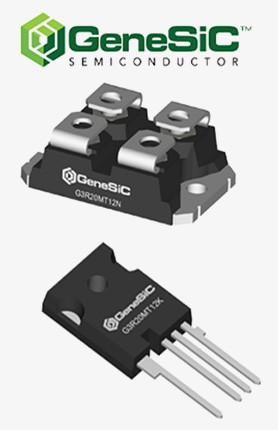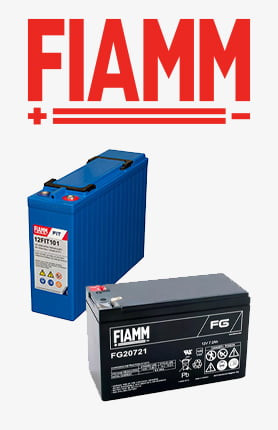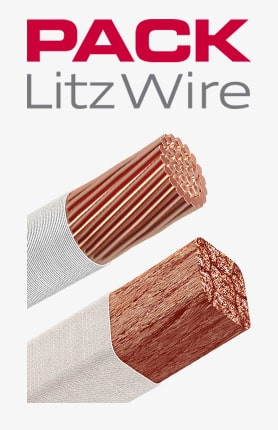Microwave Absorbers / EMC flex suppressors
| Image | View the product | No. Manufacturer | ||||
|---|---|---|---|---|---|---|
| picture_as_pdf |
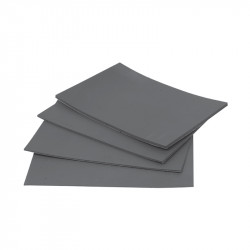
|
LAIRD TECHNOLOGIES | Microwave absorbers - overview | SEE IT | -- | On Order |
| picture_as_pdf |
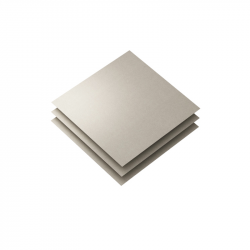
|
KEMET | FG1 absorbing mat | SEE IT | -- | On Order |
| picture_as_pdf |
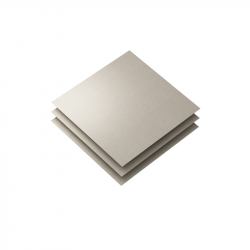
|
KEMET | FF1 absorbing mat | SEE IT | -- | On Order |
| picture_as_pdf |
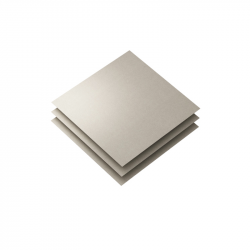
|
KEMET | Absorbing mat EFX6 | SEE IT | -- | On Order |
| picture_as_pdf |
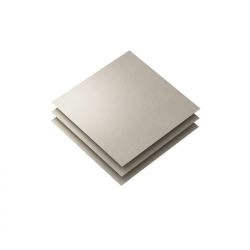
|
KEMET | Absorbing mat EFG2 | SEE IT | -- | On Order |
| picture_as_pdf |
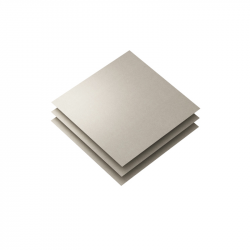
|
KEMET | Absorbing mat EFF4 | SEE IT | -- | On Order |
| picture_as_pdf |
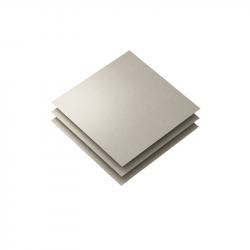
|
KEMET | EFA absorbing mat | SEE IT | -- | On Order |
| picture_as_pdf |
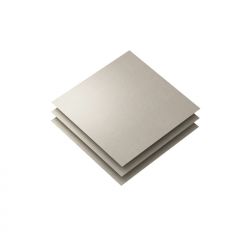
|
KEMET | Kemet mats - overview | SEE IT | -- | On Order |
| picture_as_pdf |
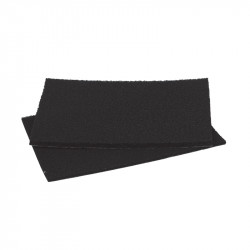
|
LAIRD TECHNOLOGIES | RFLS 5000 (absorbing sponge damping) | SEE IT | -- | On Order |
| picture_as_pdf |
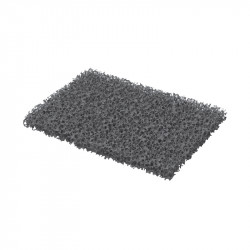
|
LAIRD TECHNOLOGIES | RFRET 4000 (volleyball absorbing sponge) | SEE IT | -- | On Order |
| picture_as_pdf |
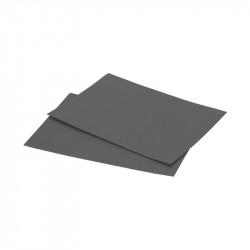
|
LAIRD TECHNOLOGIES | Q-ZORB 3000 HP (high permeability above 2GHz) | SEE IT | -- | On Order |
| picture_as_pdf |
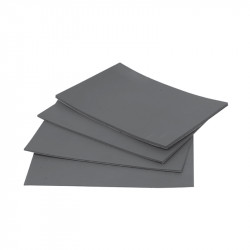
|
LAIRD TECHNOLOGIES | Q-ZORB 2000 HF (high frequencies 2-40 GHz) | SEE IT | -- | On Order |
| picture_as_pdf |
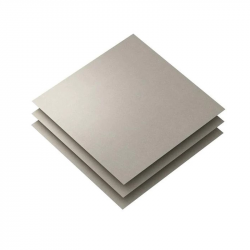
|
KEMET | FX5 absorbing mat | SEE IT | -- | On Order |
Microwave Absorbers / EMC Shielding Mats: Silent Protection in the Fight Against Interference
In the field of modern electronics, where component packing density increases and operating frequencies reach the microwave level, traditional EMC shielding methods, primarily based on reflecting interference, become insufficient. In such conditions, Microwave Absorbers / EMC Shielding Mats take on a key role. These are advanced composite materials that, instead of reflecting electromagnetic energy, absorb it and dissipate it as heat. This not only ensures compliance with EMC/RFI/IP protection standards but also enhances signal quality and the operating stability of the device itself, eliminating internal noise and resonances.
Operating principle and application of absorbing mats
The absorbing mat is constructed from a dielectric material (e.g., polymer) with the addition of magnetic particles (e.g., ferrites or carbon fibers). When an electromagnetic wave passes through this material, the wave's energy is absorbed and converted. This action is based on dielectric and magnetic losses within the material's structure, which is particularly effective in the microwave range (RFI). Microwave absorbers are indispensable inside enclosures where empty resonant spaces may form or where interference emitted by one component (e.g., processor, Wi-Fi module, 5G) negatively affects neighboring elements. They are applied to printed circuit boards (PCBs), under covers, and along cables to precisely suppress unwanted waves.
Laird and Kemet Microwave Absorbers: Market Leaders
The market for advanced damping materials is dominated by several key manufacturers offering solutions tailored to the specific needs of engineers. Laird microwave absorbers are known for a wide range of products characterized by varied thicknesses, flexibility, and the ability to absorb across different frequency bands. They offer both high-density materials and thin, flexible sheets. In turn, Kemet microwave absorbers often focus on surface-mount device (SMD) solutions, ideal for placing directly onto PCB components. Their precise absorbing mats help reduce noise in very small spaces, which is crucial in the miniaturization of modern consumer and industrial electronics. Both brands offer products that are compatible with 5G, IoT technologies, and high-speed digital interfaces.
Benefits of using modern microwave absorbers
The use of advanced microwave absorbers brings designers a number of benefits. Firstly, it allows for better heat and noise management within the enclosure, which directly translates into the reliability and longevity of the device. Secondly, it enables stable performance to be achieved in the most difficult electromagnetic conditions, which is unattainable with reflective shielding alone. Thirdly, the elimination of internal radio resonances facilitates compliance with stringent EMC certification requirements, reducing time and costs in R&D departments. By choosing the appropriate absorbing mat, engineers gain a tool for precise control over the electromagnetic environment of their design.

